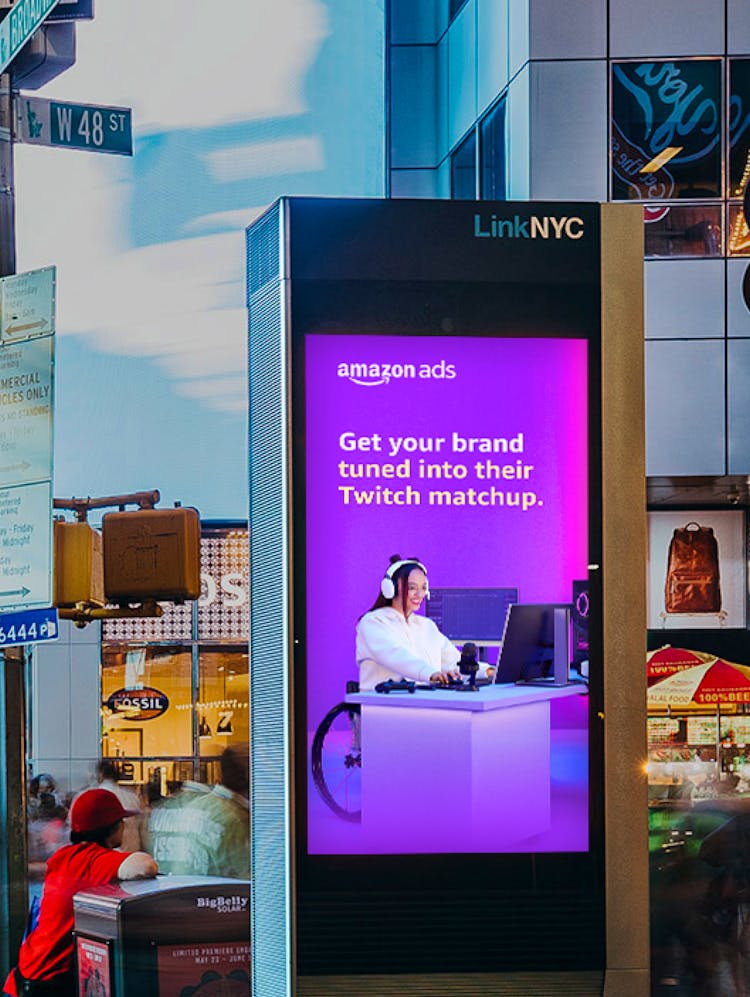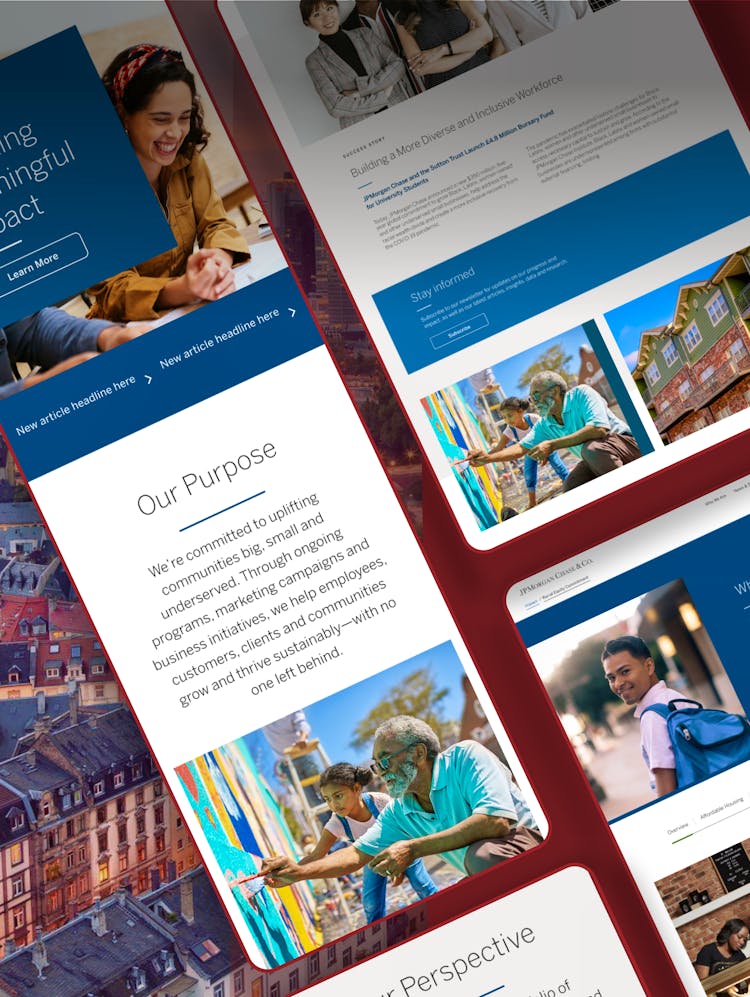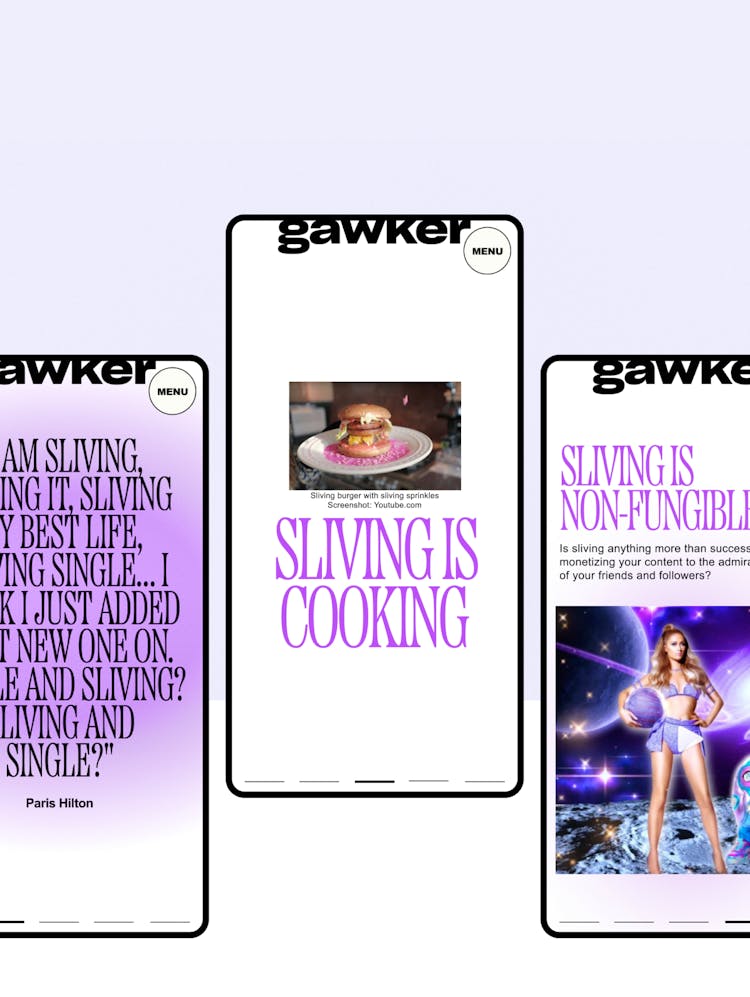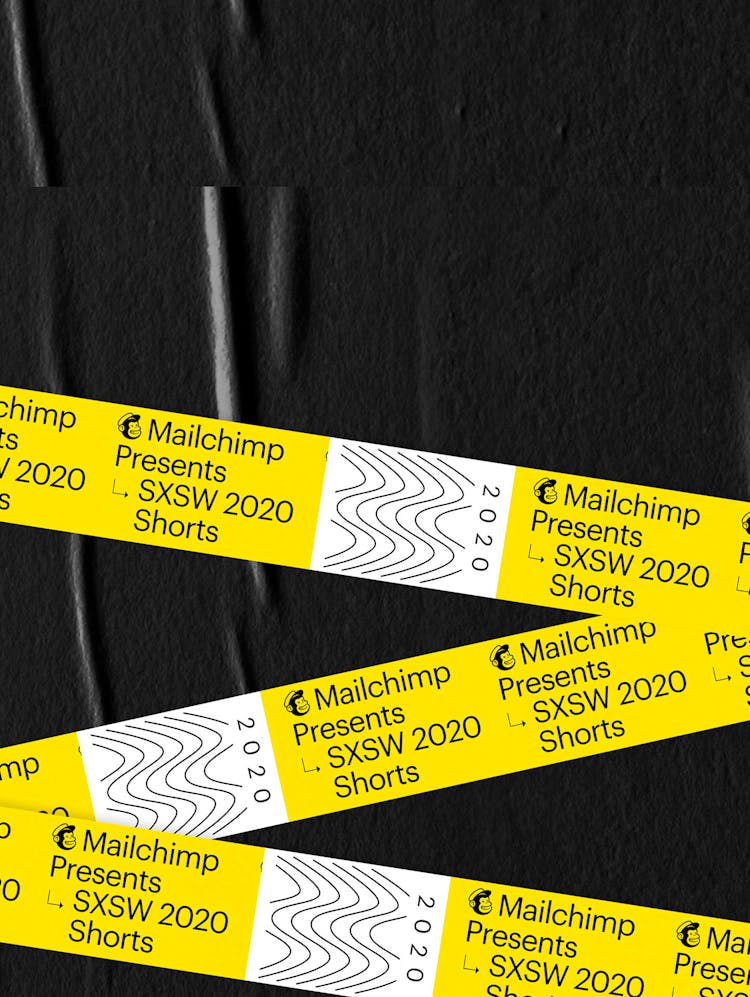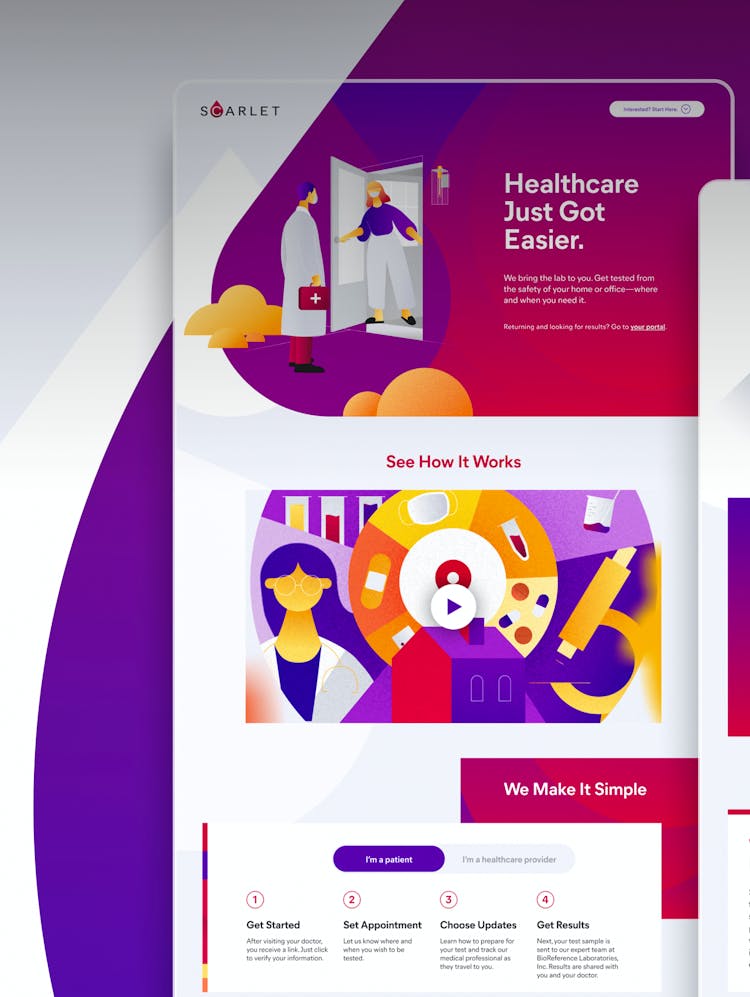
Innovating the Customer Experience from Pipeline to Platform
1
The Background
Comcast, the Philadelphia-based multimedia giant, was once primarily perceived as a public utility: a service provider whose pipelines sent content instead of water or gas. Since then, America’s biggest media company—as well as the nation’s largest cable operator, Internet service provider, and third-largest phone company—has undergone a radical shift. On the cusp of a media and technological revolution, Comcast is not simply providing content for customers; it is a company that delivers and facilitates content experiences.
Code and Theory collaborated with Comcast through every step of this evolution. From interface design to product creation, Code and Theory has applied its vision as a content expert to establish simple and consistent touchpoints of engagement for Comcast customers—bringing innovation and cohesion to multiple devices, platforms, and products.
Managing Customer Experiences Across Platforms
In 2002, we worked with Comcast to create an experience that existed on one screen, in a closed environment, and with devices that had a single-use. As Internet capability and cloud software developed, the range of products expanded to multi-platform and multi-device capabilities, and we broadened and integrated the control of experience from screen to product to packaging. This growth is not complete, and Comcast with Code and Theory are working to extend the reach of the Comcast experience to the environment in which the experience takes place.
Platforms aren’t just screens on devices; they are any place where experiences can be customized to create a better life for the customer, whether on a phone, in a living room or throughout a house. Comcast sees design solutions across these platforms, and new “smart home” controls will allow users to manage everything from monitoring home lighting and security to programming devices like thermostats and coffee pots.
2
The Solution
Comcast is looking to the future of experience. The next generation of customers will engage with systems that are smarter, faster, more personalized, and accessible across platforms that are still being developed. Comcast and Code and Theory are designing innovations that will not only help customers manage their experiences with the Comcast brand but also help customers to define the brand for themselves.
If you don't have your products on every platform, you're missing a whole generation.
Managing Customer Expectations and Education
In its decade-long relationship with Code and Theory, Comcast has seen the media industry grow from a one-screen interaction to a multi-platform, multi-screen immersive consumer relationship. The growth is staggering, and Code and Theory has enabled Comcast to pivot with the changes as an industry leader and provide customers with the tools to manage their content experiences.
TV once commanded our full attention, providing a direct, one-way communication of content: Comcast ensured compelling programming was available, and audiences watched it. As broadband access turned personal computers into viable points of engagement, the one-screen format evolved into a second-screen experience—Comcast consumers could augment live television with show information and social sharing platforms.
Second screen engagement was only the beginning: mobile device proliferation made content portable and interactive across multiple screens. Code and Theory helped Comcast break down the walls between consumer and content to make all potential video streams— traditional live television, web-based video, video on demand, or time-shifting DVR—available simultaneously and sequentially between screens.
A Multi-Platform World
"We live in a multi-platform world and need consistency across screens; different device screens are no longer used for different situations. Code and Theory designed Comcast’s digital interface to unify search for real-time, on-demand, streaming, and DVR video across devices, while also enhancing platform integration, social sharing capabilities, and personalized recommendations. These convergent platform interfaces allow Comcast customers to manage content experiences and organize their lives as they move between screens to engage with the world.
Code and Theory saw Comcast’s content management strategy beyond just controlling content across screens; a screen is not just a screen, it’s a digital canvas for physical interaction. The interplay between content and products that manipulate the content, such as remote controls and set-top boxes, are critical to an enriching consumer experience.
Integrating Digital and Physical Experience
The physical products are the first touchpoint for consumers to interact with Comcast’s products; they serve as talismans for the digital experience. Making the experience meaningful, productive, and cohesive begins with reducing complexity and focusing on the simplicity of the hardware.
Previously, the solution to new content formats, like VOD, was to manufacture features like new remote control buttons. Today, Code and Theory has synced interface solutions with product interaction so that the 40-button remote control is a relic of the past. Now tablet-like, on-screen guides connect with simplified remotes to intuitively and elegantly tie users to content, such as channel guides, DVR, and additional web information. This alliance can be seen in both the physical product of remote control and Comcast’s remote smartphone app, which provides motion and voice control.
Code and Theory also designed Comcast’s sleek set-top box to complement remote and on-screen interfaces. The set-top box – the hub of the home Comcast experience – now stores recorded programs in the cloud, resulting in an object that is smaller than conventional boxes and with less power consumption. By threading remote control, set-top box and interface designs together, Comcast—along with Code and Theory—created an experiential system that guides customers into broader digital control while reinforcing Comcast’s brand identity.
By threading remote control, set-top box and interface designs together, Comcast—along with Code and Theory—created an experiential system that guides customers into broader digital control while reinforcing Comcast’s brand identity.
The Future of Experience and the Consumer
Where does the Comcast customer experience begin? Through interface and product design, Code and Theory and Comcast have created an environment of experience for the user. Delivering this experience – ushering the user into a physical, digital, and emotional relationship with the product – is only possible by managing expectations and education. To make sense of the device, the customer needs to make sense of the packaging of the device.
To make sense of the device, the customer needs to make sense of the packaging of the device.
3
The Future
Brand communication begins with the physical box; the color, the design, and the action of unwrapping the device all educate the user. Packaging often lacks organization and cohesion, sending unclear messages to consumers about the product. Code and Theory set initial user expectations by designing set-top box packaging and installation guides that establish the value of the Comcast brand and guide users into the Comcast experience.
Setting customer expectations is an ongoing process: packaging educates on the device, user-guides educate on using the device to manipulate the interfaces, and the interfaces educate on engaging with content. This network of interacting touchpoints continually guides the user forward, bolsters the groundwork for managing the Comcast experience, and provides the tools to carry that experience to different devices and platforms.















